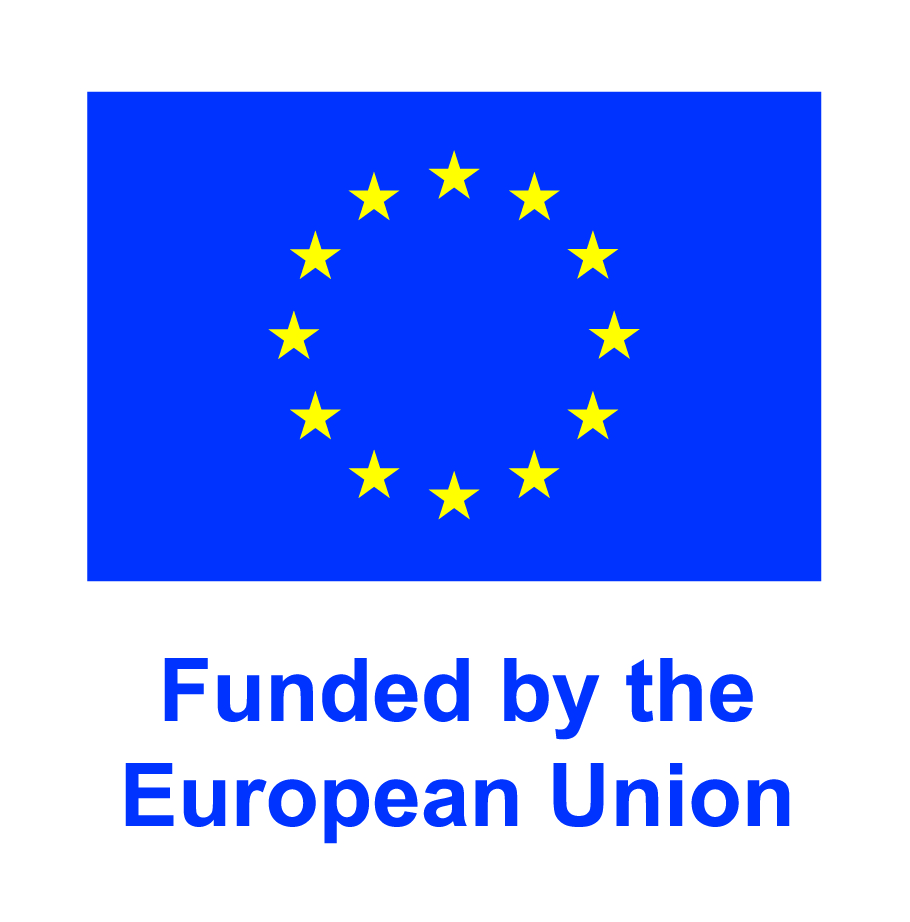Safety Analysis of SMR with PAssive Mitigation strategies - Severe Accident (SASPAM-SA) Horizon Euratom Project
Small Modular Reactors (SMR) are one of the key options for the near-term deployment of new nuclear reactors. Currently in Europe there is a growing interest towards the deployment of SMRs, and several activities are underway in many countries preparing for possible licensing needs. In particular, Integral Pressurized Water Reactor (iPWR) are ready to be licensed as new builds because they start from the well-proven and established large Light Water Reactor (LWR) technology, incorporate their operational plant experience/feedback, and include moderate evolutionary design modifications to increase the inherent safety of the plant. However, despite the reinforcement of the first three levels of the Defence-in-Depth (DiD), e.g., with the adoption of passive safety systems, a sound demonstration of iPWR ability to address Severe Accidents (SA) should be carried out (DiD levels 4-5).
By looking at the current initiatives that are already finished or are on-going in different fora, it appears clear that the iPWRs SA investigation is very limited and iPWRs safety assessment, with best estimate methods, is still not addressed. Therefore, the systematic analyses of the applicability and transfer of the current available SA experimental database (developed for current large-LWR) for iPWR safety assessment studies, and the analyses of current codes capabilities to simulate SA phenomena in iPWR are novel topics of current high interests for TSOs, regulators, research centres, universities, industries and operators. Considering these research needs and the synergies with past and ongoing activities in different fora (e.g., SNETP, H2020, IAEA, OECD/NEA, etc.), the Safety Analyses of SMR with Passive Mitigation strategies - Severe Accident (SASPAM-SA) project proposal has been submitted and has been founded in HORIZON-EURATOM-2021-NRT-01-01, “Safety of operating nuclear power plants and research reactors”. The project is coordinated by ENEA and twenty-three Organizations from fourteen Countries are involved: ENEA, CIEMAT, CNRS, EDF, FZJ, GRS, INRNE, IRSN, KIT, KTH, LEI, POLIMI, RATEN, RUB, SINTEC, SSTC-NRS, SURO, TRACTEBEL, TUS, UNIROMA1, VTT, PSI, JRC. SASPAM-SA will start on the 1st October 2022 and the planned duration is 48 months; the overall cost is 4 276 038.85 Euros. On 27th August 2021, SASPAM-SA obtained the NUGENIA label that recognizes the excellence of the project proposal.
The key objective of the project will be to investigate the applicability and transfer of the operating large-LWR reactor knowledge and know-how to the near-term deployment of iPWR, in the view of SA and Emergency Planning Zone (EPZ) European licensing analyses needs. Four main elements, not addressed in other on-going SMR oriented initiatives, will be investigated:
- Identification of plausible SA scenarios for iPWR designs;
- Identification of the conditions in the vessel and in the containment that characterize iPWR SA scenarios and differ significantly from those in large-LWRs;
- Study the applicability of the existing experimental database to iPWR and identify new experimental needs;
- Assess the capability of internationally recognized European and Non-European computational tools (largely used in Europe) to describe the behavior of the most promising iPWR designs during SA scenarios and to predict the resulting radiological impact on- and off-site, taking into account SA special mitigation/management strategies.
The achievement of the overall elements is assured by a consistent and coherent work programme, reflected in the technical Work Packages (WP) structure

In order to maximize the knowledge transferability and impacts of the project two generic design-concepts, characterized by different evolutionary innovations in comparison with larger operating reactor, have been selected for the analyses. These two generic reactor concepts include the main iPWR design features, considered in the most promising designs ready to go on the European market, allowing to assess in a wider way the capability of codes (SA and CFD) to simulate the SA phenomena typical of iPWR. It is not the project’s objective to assess the generic reactor designs selected but, based on the project findings, allow a more general statement on the code’s applicability to currently favored designs under postulated SA condition. No PSA considerations will be done in the project due to the generic nature of the reactor concept considered, then the scenarios identified will be characterized in terms of severity but not in terms of probability.
Proposed project outcomes should be supportive for the iPWR licensing process by bringing up key elements of the safety demonstration needed; this will help speeding up the licensing of iPWRs in Europe, as well as the siting processes of these reactors in light of their possible use near densely populated areas. The kick-off meeting of the project is planned for the 12-13 of October 2022 in Bologna, Italy.
Funded by the European Union. Views and opinions expressed are however those of the author(s) only and do not necessarily reflect those of the European Union or European Commission-Euratom. Neither the European Union nor the granting authority can be held responsible for them.

Fulvio Mascari
ENEA
fulvio.mascari@enea.it